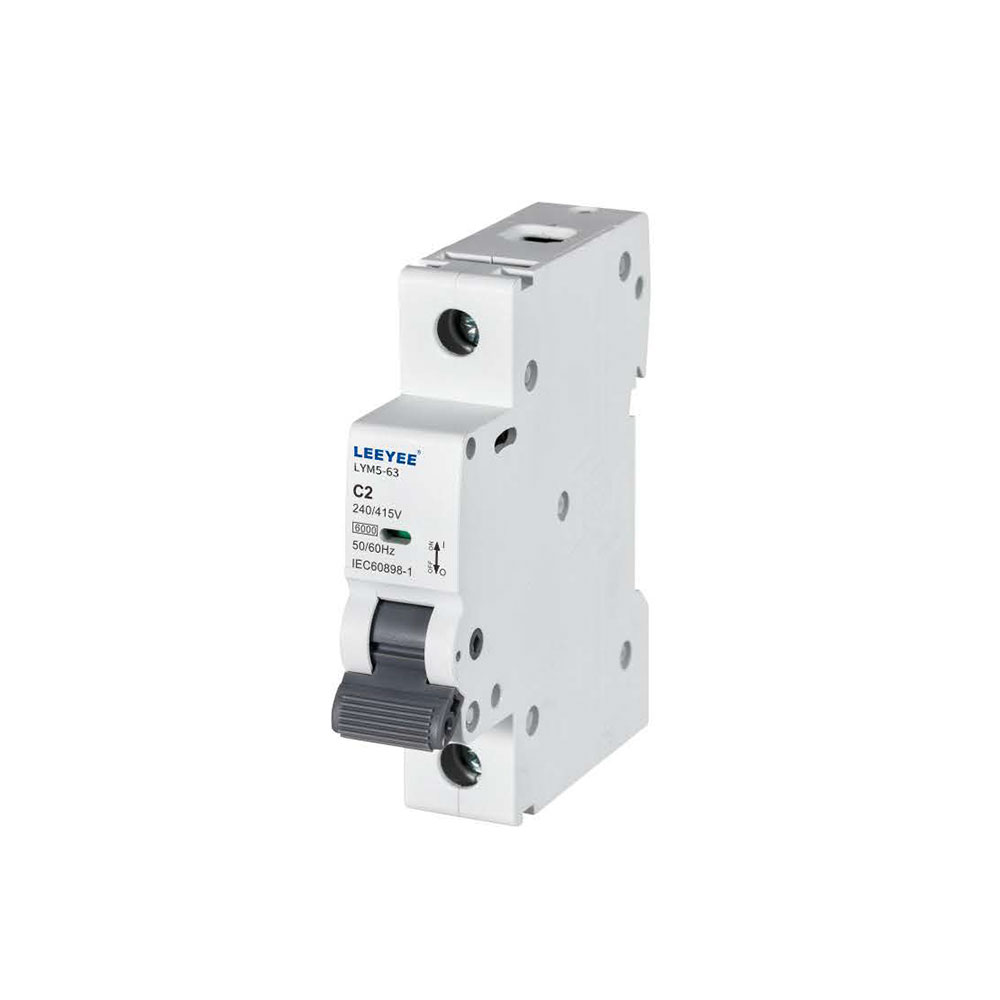Click to view Circuit Breaker Guide Part One
V. Installation and Maintenance of Circuit Breakers
5.1 Correct Steps and Precautions for Installing Circuit Breakers
-
Select the correct breaker.
-
Match the breaker’s rated current and voltage to the circuit. E.g., use a 30 A breaker for a 30 A circuit. Using a 20 A breaker causes nuisance trips; a 50 A one may not trip during overloads, risking fire.
-
-
Perform insulation-resistance testing.
-
Test per IEC standards to confirm wiring integrity before installation. Use proper tools, follow manufacturer’s guidelines, and ensure the breaker suits the distribution panel to avoid misfit and hazards.
-
-
Inspect and clean.
-
Conduct annual functional tests per NEC for commercial installations. Clean contact areas to prevent oxidation. As Thomas Edison said, “An ounce of prevention is worth a pound of cure.” Such maintenance ensures long-term reliability.
-
5.2 Daily Inspection and Maintenance of Circuit Breakers
-
Visual inspections (every 6 months):
-
Check housing, terminal tightness, and corrosion. Loose connections raise resistance, causing heat and nuisance trips.
-
-
Test mechanical function (monthly in harsh settings):
-
Operate the breaker manually. Ensure smooth opening and closing without sticking.
-
-
Verify electronics:
-
If breakers have self-test features, activate them and confirm operation.
-
-
Follow the manual:
-
Always use correct tools and procedures. “Good maintenance is the best way to prevent failure.” Adhering to standards helps ensure proper functionality.
-
VI. Common Misconceptions in Choosing Circuit Breakers
6.1 Risks of Choosing Circuit Breakers Solely Based on Price
Rushing to buy the cheapest breaker often causes quality issues. Cheap breakers may use subpar materials; thermal elements may misread overloads, increasing fire risk. The NFPA reports electrical faults as a top cause of residential fires—poor breakers worsen that risk.
Underrated breakers trip too often; overrated ones won’t trip in emergencies. Both scenarios lead to safety and equipment problems. Breaking capacity matters too. It defines the breaker’s ability to interrupt high fault currents. Insufficient capacity can cause damage or injury. As Edison said, “Quality is more important; price is secondary.” Always weigh certifications, performance, and compatibility over cost.
6.2 Consequences of Ignoring Compatibility
Matching a breaker’s rating with the circuit is vital. A 100 A circuit with a 50 A breaker risks overheating wires and fire. Using an oversized breaker prevents protective action, also risking serious hazards. Edison emphasized, “Safety first; prevention is better than cure.” Evaluate current and voltage requirements carefully to ensure the protection device responds correctly.
VII. Future Development Trends of Circuit Breakers
7.1 Intelligence and Networking
Circuit breakers are evolving with IoT and smart tech. Modern breakers use embedded sensors and microprocessors to monitor current and voltage, predict overloads, and trip preemptively. They also support remote control and diagnostics—ideal for smart grids and automated systems.
Smart breakers already integrate with consumer apps and building systems. Users can control and view circuit status remotely. Utilities use them to optimize load and quickly locate faults. “Those who turn dreams into reality”—such breakthroughs fulfill Edison’s vision. The future of breakers lies in connectivity, self-diagnosis, and remote functionality.
7.2 Eco-Friendly and Energy-Saving Materials
Environmental impact drives breaker design innovation. Manufacturers now use halogen-free, recyclable materials. These materials reduce toxic emissions during fires. Enhanced thermal designs, such as better metallurgy and heat dissipation methods, decrease energy loss and heat build-up.
Life-cycle assessments (LCA) help designers evaluate environmental impact from production to disposal. Good thermal design improves efficiency, extends life, and reduces waste. Edison’s insight still applies: “The electrified world of the future will depend on every little decision we make today.” Thus, using sustainable materials not only meets regulations but also supports a greener future.
Summary
Part Two covered:
-
Critical installation steps: rating selection, insulation testing, professional installation.
-
Daily and periodic maintenance practices to ensure safety and reliability.
-
Common mistakes when focusing on price rather than compatibility and capacity.
-
Future trends: smart breakers and eco-friendly materials.
Proper installation, inspection, and maintenance prevent failures. Selecting quality, certified breakers ensures circuit and personnel safety. If you’d like help with installation standards, smart breaker systems, or materials selection, feel free to let us know!

